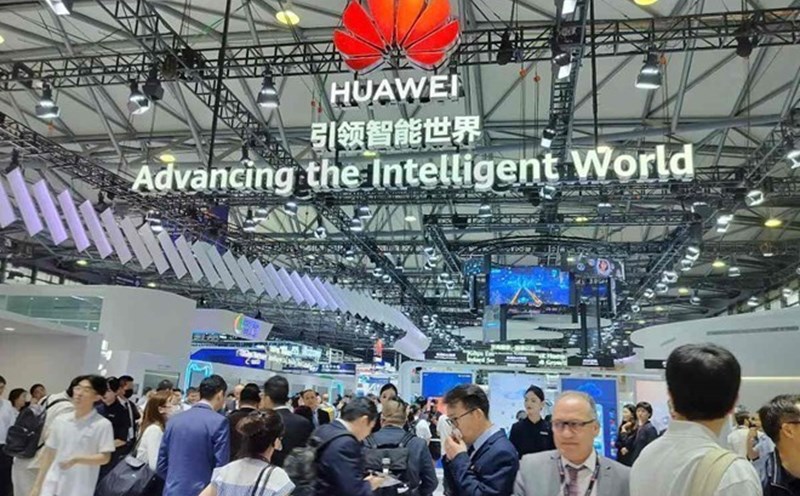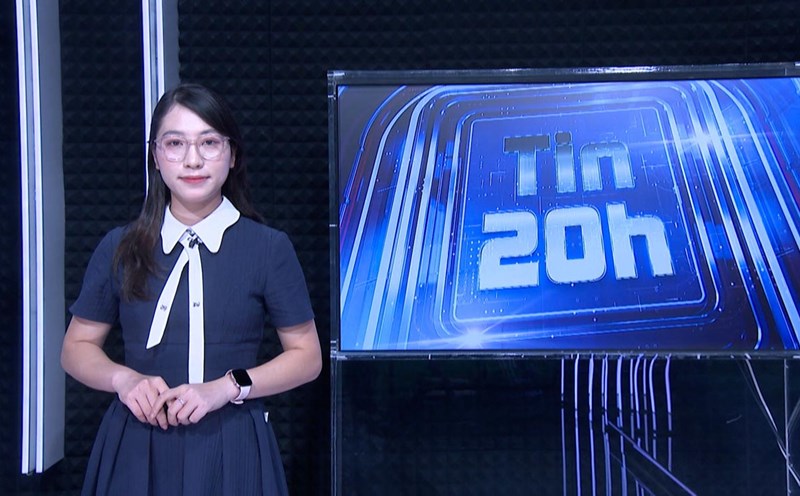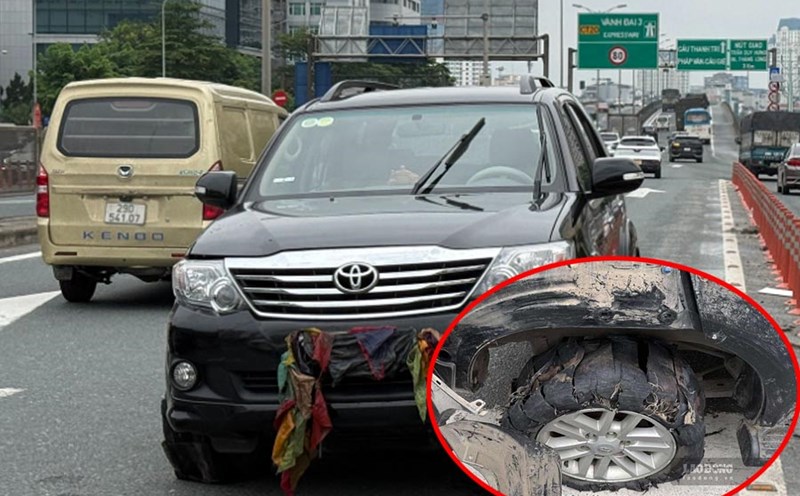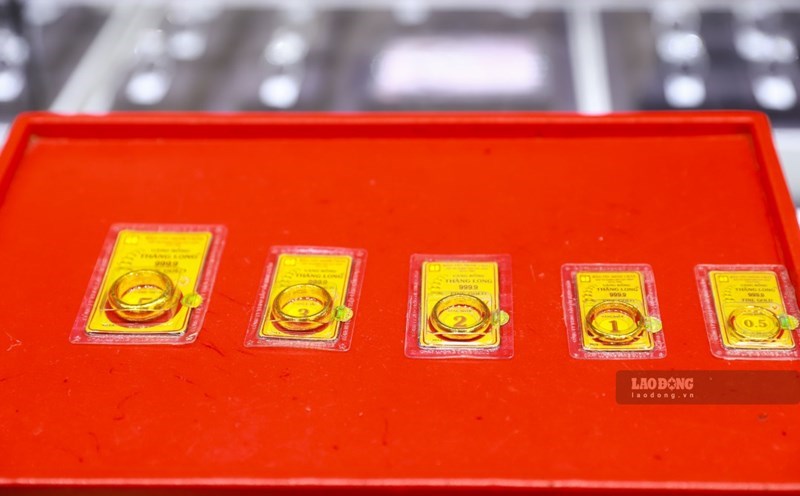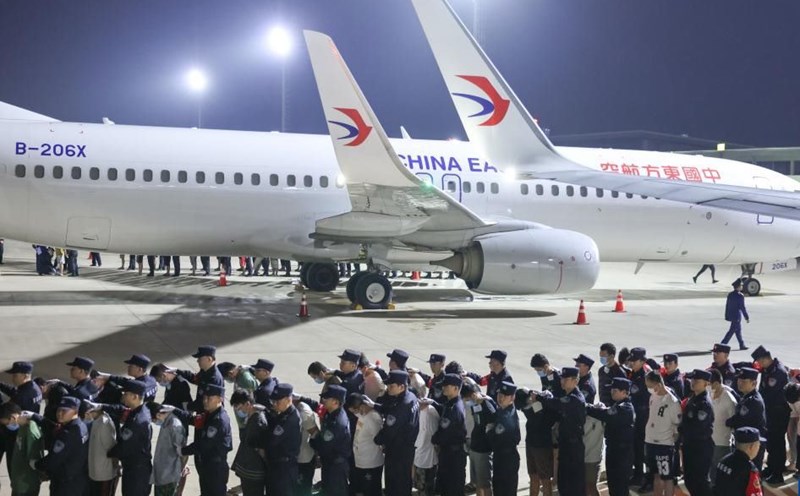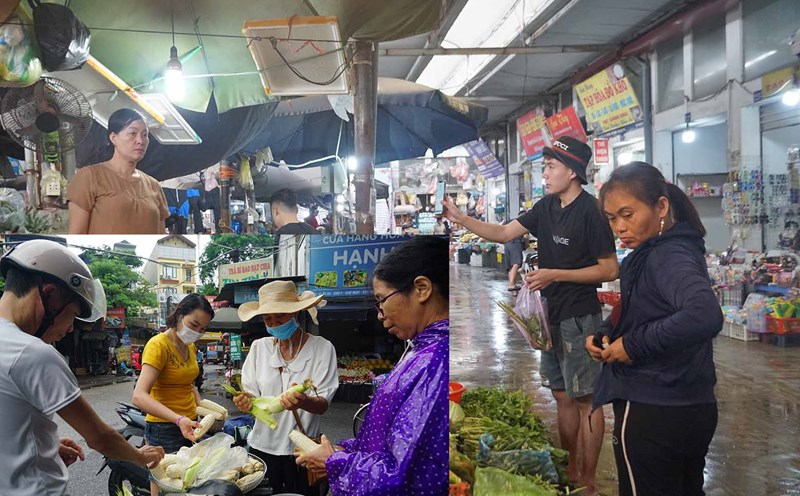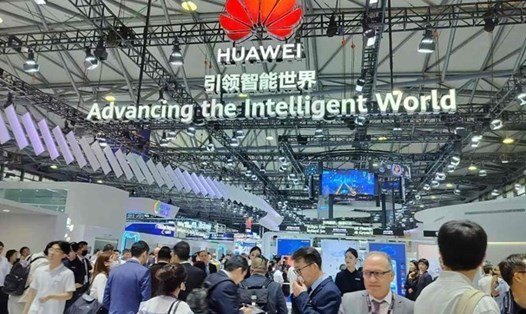Upgraded smartphones are used phones that are inspected, repaired, and updated by manufacturers and retailers to meet standards like new phones, then sold on the market at prices lower than new phones.
According to the announcement of market research company Counterpoint on October 14, developed modern smartphone markets such as Europe, the US and Japan have had moderate slow growth (average growth of 1% over the same period last year) in the first half of 2025.
Factors such as market segmentation, rising costs and a prolonged replacement cycle have affected both the supply and demand of modern smartphones. In contrast, emerging markets such as Africa, India, Southeast Asia, China and Latin America continue to lead the overall growth momentum (average growth of 4% over the same period last year), reflecting a stronger growth rate than the global average.
The smartphone market in Africa has the strongest growth rate compared to regions in the first half of 2025, up 6% over the same period last year thanks to the presence of many large-scale retailers, in addition to initiatives to support resources and finance from governments.
In India, the renovation smartphone market grew by 5% year-on-year in the first half of 2025, with Apple leading the growth momentum. Major retail systems have taken many activities to promote the market, such as repositioning used smartphones, especially flagship and high-end models - as reliable and cost-effective alternatives.
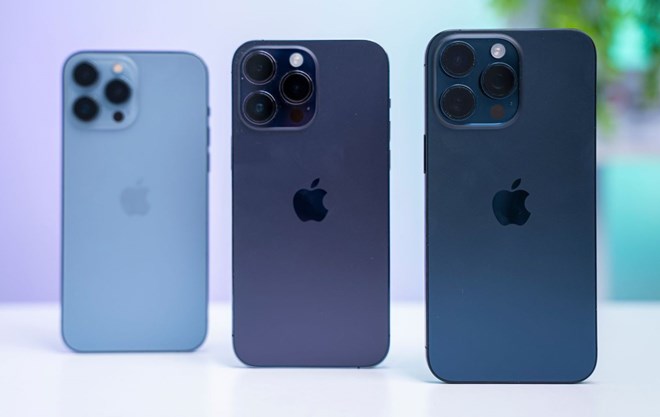
In addition, the shifting demand to newer models, supported by reschedule programs promoted by retailers, expanded warranty services and consumer preferences for new high-end smartphones... are also factors driving the market.
The trendy smartphone market in Southeast Asia also grew by 5% year-on-year in the first half of 2025, thanks to large distribution channels, a stable line of used equipment and components from China.
Online platforms are driving the consumer-to-cons consumer market (C2C), especially for used smartphones. This growth is driven by increased consumer confidence, better supply chains, and the convenience of starting online negotiations and transactions.
In Southeast Asia, Apple leads the modern smartphone market, dominating half of the market with a growth rate of 15% over the same period last year, achieving strong attraction in Indonesia and many countries. iPhone 12 and 13 are the best-selling models.
Developed markets such as the US, Europe and Japan still have growth rates of 1 to 3%, due to limited supply and reduced export flows to emerging markets. In these markets, the iPhone 12 and 13 series continues to dominate the sales of modern smartphones, but Samsung's S series is likely to do better in some markets such as the US in the coming months due to increased demand.

